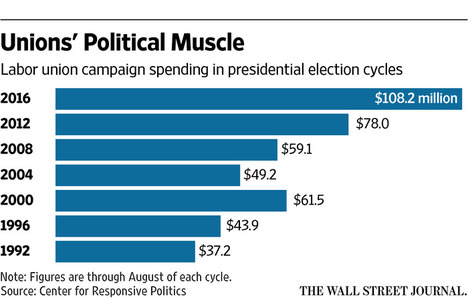(p. B11) On the mid-July day in 1955 when Disneyland opened in Anaheim, Calif., confusion reigned. More people stormed its grounds than expected, rides broke down, food and beverage supplies ran short, and a plumbers’ strike limited the number of working water fountains.
Out in the park that afternoon, amid the disorder, was Marty Sklar, a 21-year-old college junior who was editing the theme park’s 10-cent newspaper. At one point Fess Parker, in full costume as Disney’s television and big-screen Davy Crockett, complete with coonskin cap, approached him on horseback.
Spotting Mr. Sklar’s name tag, Mr. Parker called out for help.
“Marty,” he said, “get me out of here before this horse hurts someone!”
Disneyland recovered well from the early chaos. And Mr. Sklar went on to spend more than a half-century at the Walt Disney Company, as a close aide to Walt Disney himself and eventually as the principal creative executive of the company’s Imagineering unit, made up of the innovators who blend their imaginations and their technical expertise in devising every element of the company’s theme parks.
. . .
He soon became Mr. Disney’s chief ghostwriter for publicity materials, dedications, souvenir guides, speeches, slogans, presentations and short films, like the one that helped the company win approval to build Walt Disney World and Epcot in central Florida. He also collaborated with Walt and his brother, Roy, on Disney’s annual reports.
“It was pretty heady stuff for someone just closing in on his 30th birthday and only six or seven years out of college,” Mr. Sklar wrote in his autobiography, “Dream It! Do It: My Half-Century Creating Disney’s Magic Kingdoms” (2013).
For the full obituary, see:
Richard Sandomir. “Marty Sklar Dies at 83; Became Trusted Aide And Executive at Disney.” The New York Times (Friday, Aug. 4, 2017): B11.
(Note: ellipsis added.)
(Note: the online version of the obituary has the date Aug. 3, 2017, and has the title “Marty Sklar, Longtime Disney Aide and Executive, Dies at 83.”)
Sklar’s autobiography, mentioned above, is:
Sklar, Martin. Dream It! Do It!: My Half-Century Creating Disney’s Magic Kingdoms. Glendale, CA: Disney Editions, 2013.

